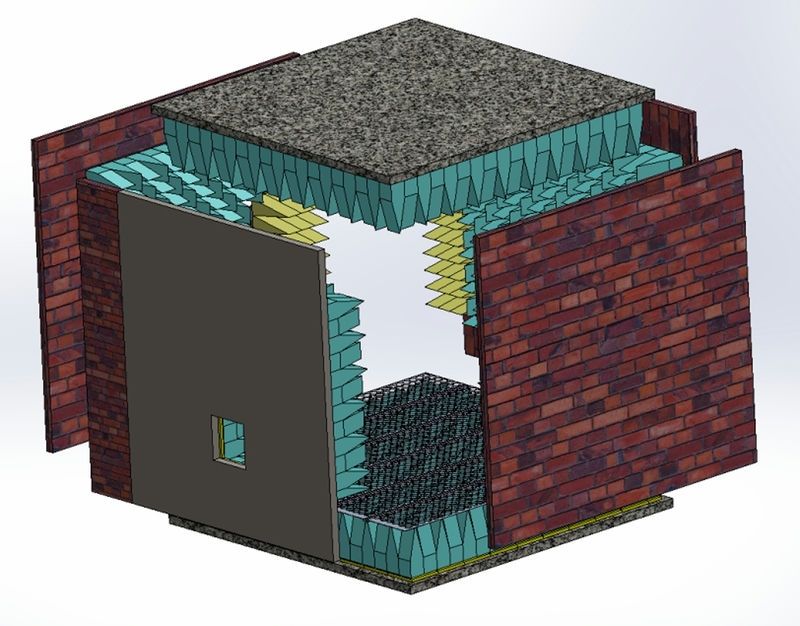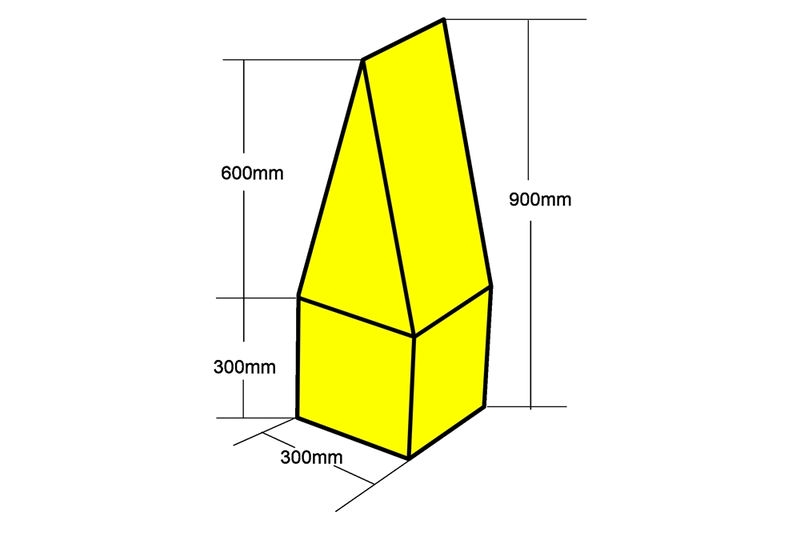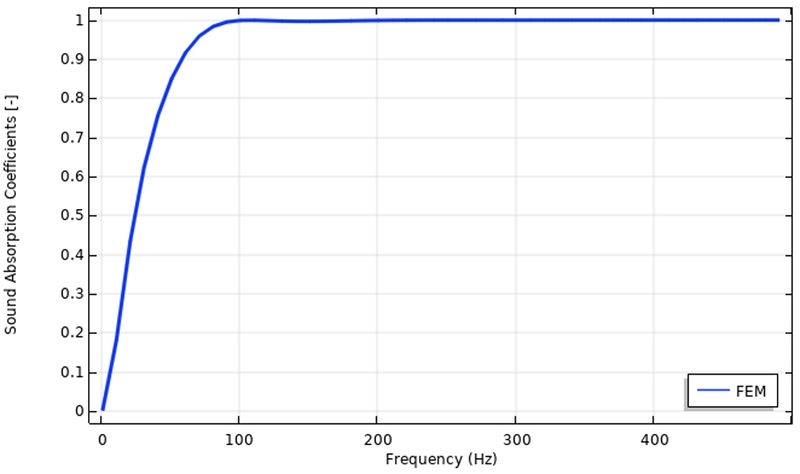Let’s explore with DASM the design of acoustic absorption rooms, the types of sound-absorbing foam used in absorption rooms, and modern acoustic research methods.
Acoustic Absorption Room Design: A Modern Solution for Acoustic Research
An acoustic absorption room is a special space designed for the study of acoustic properties, particularly in testing materials and acoustic environments. Unlike ordinary rooms, the absorption room creates a unique one-way sound field, eliminating sound wave reflections and providing optimal conditions for acoustic experiments.
Adapter Noise Measurement According to ISO 3745-2012 – Quality Inspection at DASM Institute
DASM Certified for Acoustic Testing Activities
DASM Anechoic Room – The Most Advanced Sound Absorption Room in Vietnam

Features and Structure of an Acoustic Absorption Room
An anechoic chamber has a unique design, with walls made of pyramid-shaped foam peaks (acoustic pyramid foam), constructed from PE Foam or Melamine Foam materials. These materials are easy to cut and shape, allowing for the creation of specific forms that optimize sound absorption. They are widely used in Full Anechoic rooms around the world, from universities to major companies like B&K, Siemens, Boeing, and Airbus.

It is important to note that PE and Melamine Foam materials not only absorb sound waves but also resist low-frequency sound sources and completely absorb energy from sound sources at frequencies of 100 Hz and above. Therefore, an sound absorption chamber is ideal for studying the acoustic properties of materials under stringent conditions.
Methods for Determining Sound Absorption Capabilities
To determine the sound absorption capabilities of an acoustic room structure, experts use various experimental and modeling methods. Models such as JCA, PTMM, and FEM are applied to calculate and assess absorption efficiency. Additionally, the acoustic characteristics of materials are determined through experiments, including porosity, impedance, viscosity, and heat transmission capacity.

A noise reduction room is an essential tool in acoustic research, providing an ideal environment for testing materials and studying sound without interference from reflective waves. With the use of PE and Melamine Foam materials, designing an acoustic absorption room becomes simple and effective, supporting companies and organizations in enhancing research and development quality.
For any inquiries or feedback, please email DASM Institute for assistance.







